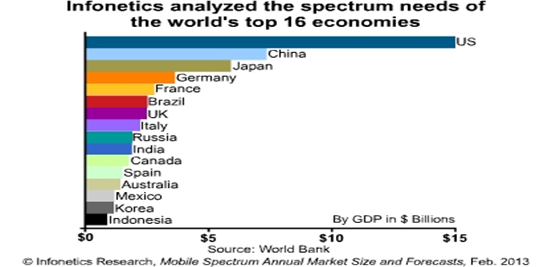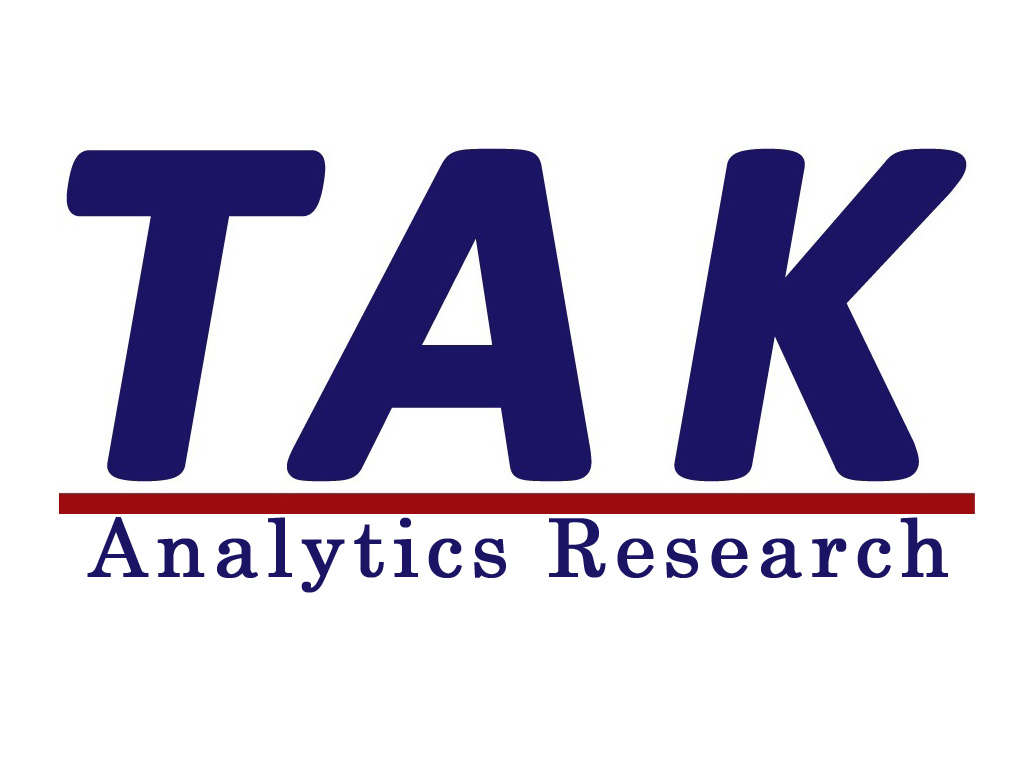2013年3月13日、カリフォルニア州キャンベル-市場調査会社のInfonetics Researchは、Mobile Spectrumの市場規模及び予測に関する新レポートから抜粋を発表した。本レポートでは、主要経済国における無線周波数の割り当て及び需要状況について分析を行なっている。

アナリストノート
「7年前、国際電気通信連合(ITU)は、世界は現在割り当てられている周波数の2倍を必要とするだろうと予測しました。そして、それはデータ消費量の多いiPhoneが出現すらしていない時期でもありました。しかし、仮にITUの予測が正しかったとすれば、モバイルブロードバンドの利用が非常に多いネットワークはいずれも、今頃は故障に追い込まれていたはずです」
Infonetics Researchでモバイルインフラ及びキャリアの経営状況の分析を担当する、主席アナリストのStephane Teralはこのように述べる。
「通信事業者が限られた周波数からより多くの情報量を絞り出せているのは、HSPA+とLTEの2つが主な理由です」
Teralは更に付け加える。
「HSPA/HSPA+とLTEは、周波数の効率性を著しく改善するため、周波数の需要が大きく減少し、少なくとも半減するケースがほとんどです。LTE技術は、セル間の干渉に耐えるばかりでなく、利用可能な周波数の間で効率良く通信情報を伝えることができます。私たちのモバイル周波数レポートでは、通信事業者が現在利用している技術で、新たな周波数を追加せずにモバイル資源を最適化するための技術なども調査しています。そして、十分な周波数が無いという一般的な見方への新たな見解も提示しています」
モバイル周波数市場のハイライト
- WiFiオフロードは、周波数危機の緩和に役立つ可能性がある。Infoneticsが調査したモバイル通信事業者の中には、モバイル端末によるデータトラフィックの最大75%がWiFiで発生しているケースもある。
- HSPAとEV-DOはユビキタスな性質があるにもかかわらず、平均的なモバイル接続速度は依然として遅く、Infonetics の調査に含まれる16カ国では平均4Mbps未満となっている。
- ロシアは、モバイル接続の平均速度(4.1 Mbps) と最大速度(21 Mbps)が最も速い国である。この主な理由は、世界有数のモバイルネットワークを持つ一方で、相対的に3G契約者が少なく、インターネットの利用度が低いためである。
- 米国は、LTE契約者数で世界のモバイルブロードバンド競争をリードしており、世界で6400万人に上るLTE契約者数の半数以上を占めている。
- 米国、韓国、日本などといったモバイルブロードバンド利用の多い国は、2017年までに1,000 MHzの周波数帯が必要になる見通しである。
- インドネシアは、世界第3位の人口を持つ国だが、モバイルの成長機会という点では「新たな中国」になる可能性を秘めている。しかし、同国はモバイルブロードバンドの許可と3G帯域の解放が遅れている。
Infoneticsの新たなmobile spectrum reportでは、経済規模ランキングの上位16カ国(世界銀行調べ)における市場規模、予測、分析、モバイル周波数に関するトレンドを掲載している。調査対象の16カ国は、米国、中国、日本、ドイツ、フランス、ブラジル、イギリス、イタリア、ロシア、インド、カナダ、スペイン、オーストラリア、メキシコ、韓国、インドネシアである。本レポートでは更に、3G及び4Gの周波数オークションも取り扱い、地域、状況、導入計画などの点から65カ国を調査している。
(原文)
Is there a mobile spectrum shortage? New data from Infonetics may come as a surprise
Campbell, CALIFORNIA, March 13, 2013-Market research firm Infonetics Research released excerpts from a new Mobile Spectrum market size and forecast report, which analyzes radio frequency spectrum allocation and needs in the world's top economies.
ANALYST NOTE
"Seven years ago the ITU predicted the world would need twice as much radio frequency spectrum as is allocated now, and that was even before the advent of the data-hungry iPhone. But if the ITU forecast had held true, all mobile networks with significant mobile broadband usage would have crashed by now," reports Stephane Teral, principal analyst for mobile infrastructure and carrier economics at Infonetics Research.
"HSPA+ and LTE are two of the primary reasons operators have been able to squeeze more and more bits out of limited spectrum," Teral adds. "HSPA/HSPA+ and LTE improve spectral efficiency so significantly that the need for spectrum has been greatly reduced, often by at least half. LTE technology is not only resistant to interference between cells but also spreads transmission efficiently over available spectrum. Our mobile spectrum report explores additional techniques operators are using to optimize their cellular resources without adding more spectrum and provides an alternative view to the mainstream belief that there is not enough spectrum."
MOBILE SPECTRUM MARKET HIGHLIGHTS
- WiFi offload may also be helping ease the spectrum crunch: Some mobile operators report to Infonetics that up to 75% of mobile device data traffic is on WiFi
- Despite the ubiquity of HSPA and EV-DO, average mobile connection speeds remain low, below 4 Mbps on average in the 16 countries included in Infonetics' analysis
- Russia has the highest average (4.1 Mbps) and peak (21 Mbps) mobile connection speeds, mainly because it has one of the world's best mobile networks but relatively few 3G subscribers and low Internet usage
- The U.S. leads the global mobile broadband race when it comes to number of LTE subscribers, accounting for just over half of the world's 64 million LTE subscribers
- Countries with heavy mobile broadband usage such as the US, South Korea, and Japan are on track to need 1,000 MHz of spectrum by 2017
- Indonesia, the 3rd largest population on earth, has the potential to be the "new China" in terms of mobile growth opportunities; however, the country has been slow to enable mobile broadband and open up 3G spectrum
Infonetics' new mobile spectrum report provides market size, forecasts, analysis, and trends for mobile spectrum in the world's 16 largest economies (according to the World Bank): The United States, Canada, Japan, Germany, France, Brazil, United Kingdom, Italy, Russia, India, Canada, Spain, Australia, Mexico, South Korea, and Indonesia. The report also features a 3G and 4G Spectrum Auctions Tracker following 65 countries by region, status, and scheduled deployments.

